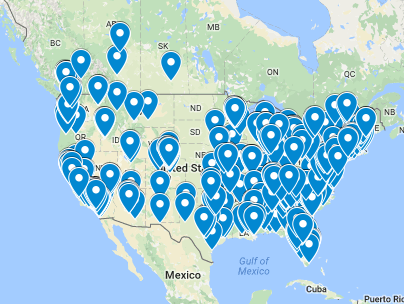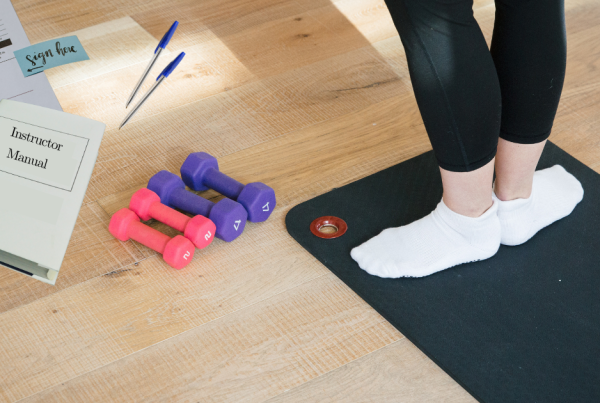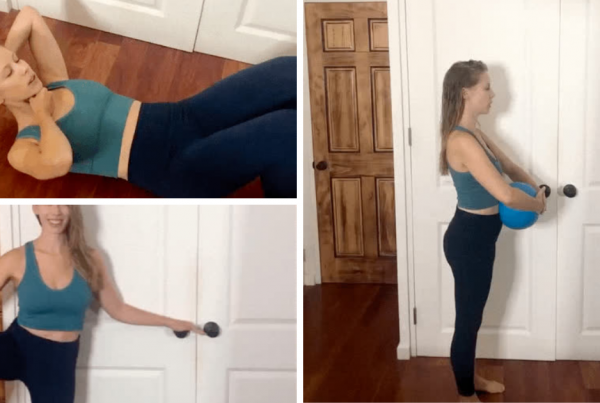What the Tuck?!
Ah, the tuck. There is no other word or action in the English language that correlates with barre fitness more than tuck. If you’ve even been to a barre class, chances are high you’ve experienced this action of tucking your butt away. To prove how synonymous the word tuck is to barre, do a web search for “barre tanks”. A few favorite tank phrases that came up in my search include: Tuck Now Tacos Later, Feeling Like A Million Tucks, and Zero Tucks Given.
Although the word tuck makes for a great marketing pun, fitness professionals have mixed reviews on the exercise. While some barre instructors appreciate the tucking action to engage specific muscles, others see it as a compromising position of the spine. My opinion? Everything in moderation. I like to tuck, but I also like to work in neutral and even incorporate back arching. To help you draw a well-informed opinion on the tuck and become a master of this exercise, I’m sharing my anatomical tucked, and untucked, CliffsNotes.

Watch a Tuck in Action:
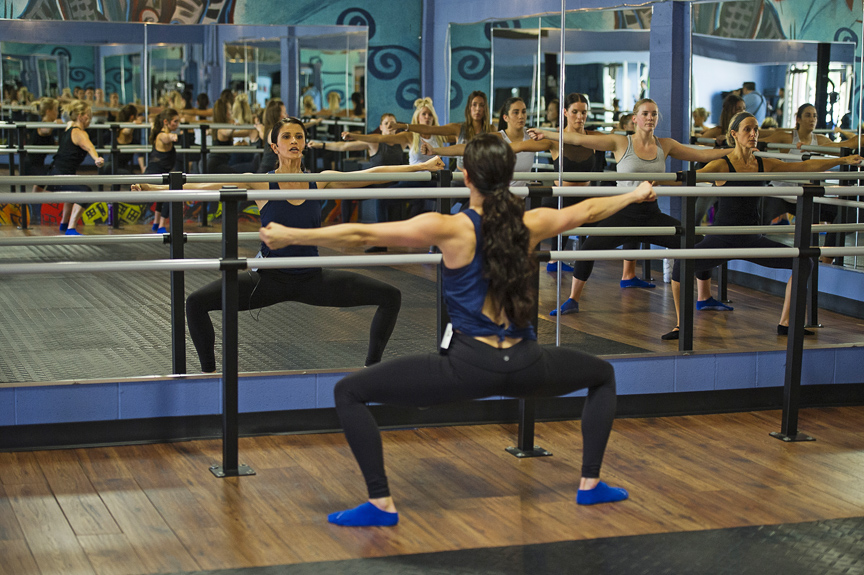
Defining Terms
Knowing the meaning behind a word is the first step in understanding it. It’s important I define the tuck along with two other positions of the pelvis.
Posterior Pelvic Tilt
The action of tucking is more accurately called a posterior pelvic tilt. When the pelvis posteriorly tilts, the front of the pelvis rises and the back of the pelvis drops. The pelvis is moving posterior, or back, in relation to the thigh bones. In this position, the hip flexors (front of the hips) are lengthened, the hip extensors (back of the hips) are shortened and the lumbar spine (low back) is flexed (straightened or rounded shape).
Anterior Pelvic Tilt
Fitness instructors will often cue “don’t arch your back” which is true most of the time. However, if your pelvis can posteriorly tilt it certainly can, and should, anteriorly tilt. An anterior pelvic tilt is when the front of the pelvis drops and the back of the pelvis rises. The pelvis is moving anterior, or front, in relation to the thigh bones. In this position, the hip flexors (front of the hips) are shortened, the hip extensors (back of the hips) are lengthened and the lumbar spine (low back) is extended (arched).
Neutral Pelvis
Between a posterior and anterior tilt lies a neutral pelvis. When the pelvis is neutral, the bones at the top of the back of the pelvis (Posterior Superior Iliac Spine (PSIS)) and top of the front of the pelvis (Anterior Superior Iliac Spine (ASIS)) are level. The pelvis is evenly distributed over the thigh bones and the lumbar spine is neutral.

Muscles Working
Now that we understand some of the anatomical terms for the pelvis, we can dive into the roles our muscles play to get us into those positions.
Posterior Pelvic Tilt
When we tuck, the pelvis is tilted backward and it’s the lower section of the abdominals that are active. If the movement is performed with force, the gluteal muscles assist in the motion. Now we can understand why tucking is such a sought-after barre exercise… who doesn’t want more defined abs and glutes?
Anterior Pelvic Tilt
The extensor muscles of the low back along with some help from the hip flexors are mostly responsible for the forward tilting of the pelvis. Strong and healthy back extensors won’t provide you with the muscle definition like rock hard abs and a toned booty will, but they are incredibly important if you want a chance at moving through life without back pain.
Neutral Pelvis
The wonderful thing about maintaining a neutral pelvis is that we get to equally work all muscles responsible for posterior and anterior pelvic tilting. Truly the best of both worlds which is why most fitness professionals, me included, choose a neutral pelvic position when teaching the majority of their exercises.
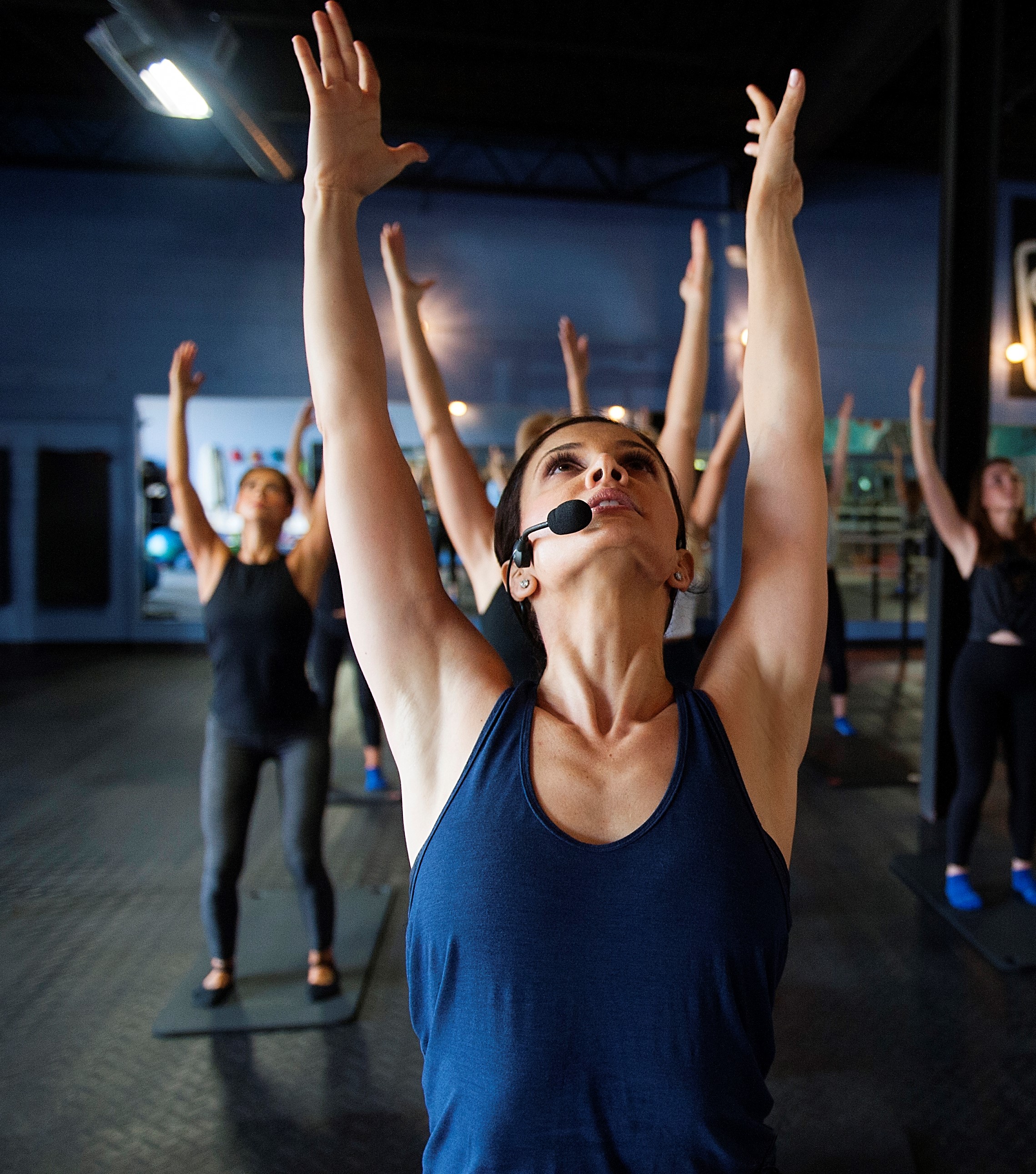
Cues to Use
If you’re a barre instructor, saying the word “tuck” repeatedly with no other description of the action taking place isn’t enough, and now that you know the importance of adding in anterior pelvic tilting and working in neutral, you’ll need some cues to fill your vocabulary. If you’re not a barre instructor, I still challenge you to say these cues to yourself next time in barre class.
Posterior Pelvic Tilt
- Tilt the front of the hip bones up to the front bottom ribs
- Lengthen the low back
- Scoop the low belly in and up and gently contract the glutes
Anterior Pelvic Tilt
- Press the hips back
- Shorten/contract the low back muscles
- Lengthen the low belly and widen the sit bones
Neutral Pelvis
- Equal activation in your low back and low deep belly
- Tailbone down towards the floor (assuming a standing position)
- Place your fingers at the front of your hips (ASIS) and the back of your hips (PSIS) and feel for an even height front to back
The next time you go “barre hoppin’” to “tuck it out” with your “resting barre face,” or whatever other creative saying the barre tanks say, do so with the knowledge and know-how behind the movement.
About the Author
Stephanie fell in love with barre in 2007. What started out as a fun and challenging workout turned into a lifelong career. As the President of Barre Intensity, a barre instructor education company, Stephanie oversees all content creation, educational program development and business growth opportunities. To keep up with her fitness education, Stephanie is a regular participant at fitness conferences, workshops and certification courses across the country.



